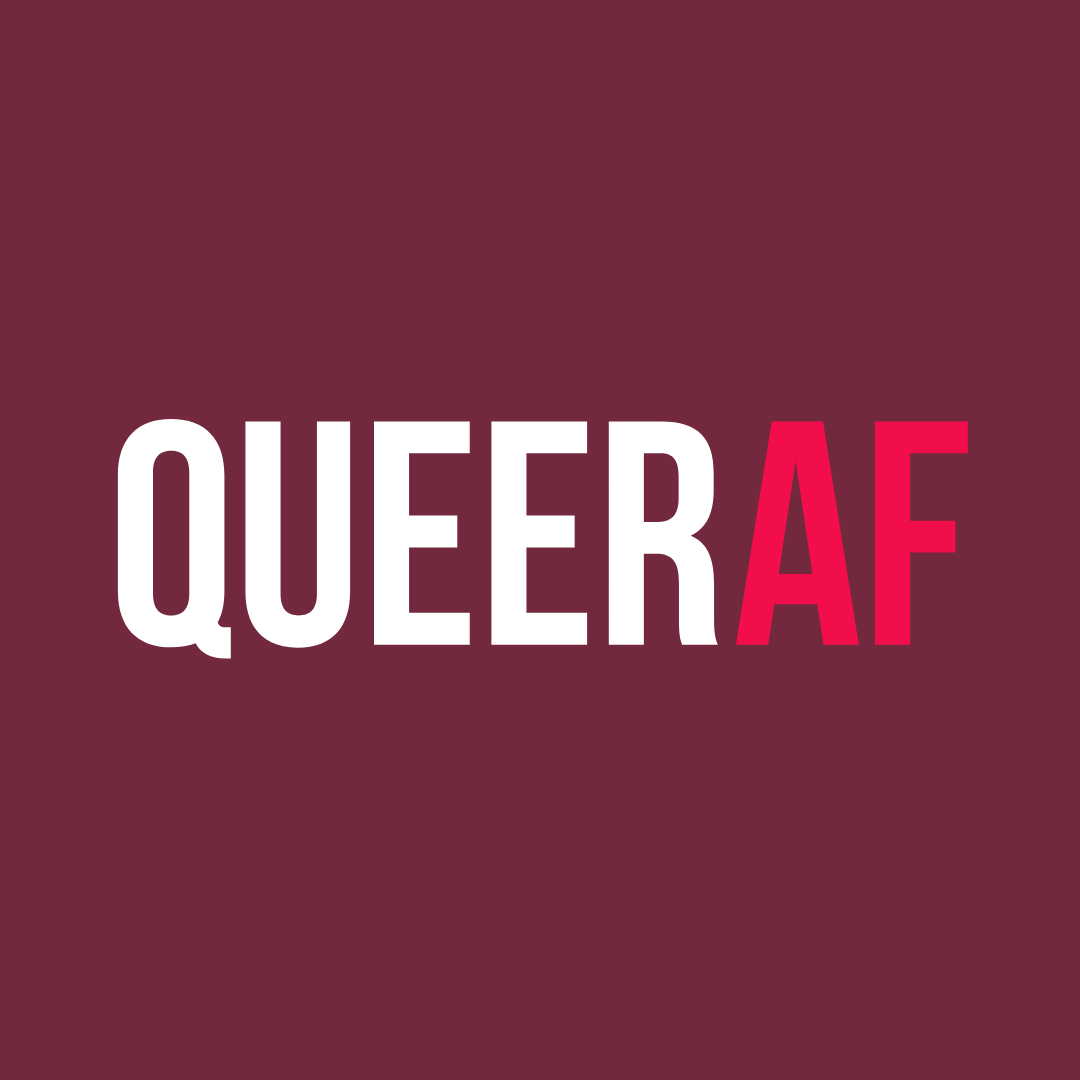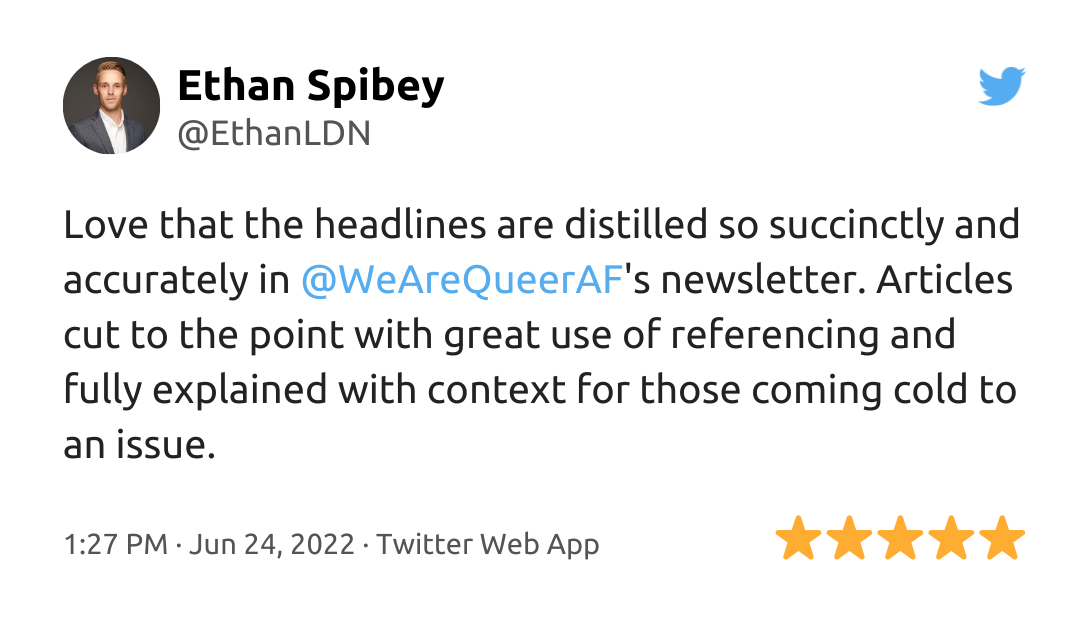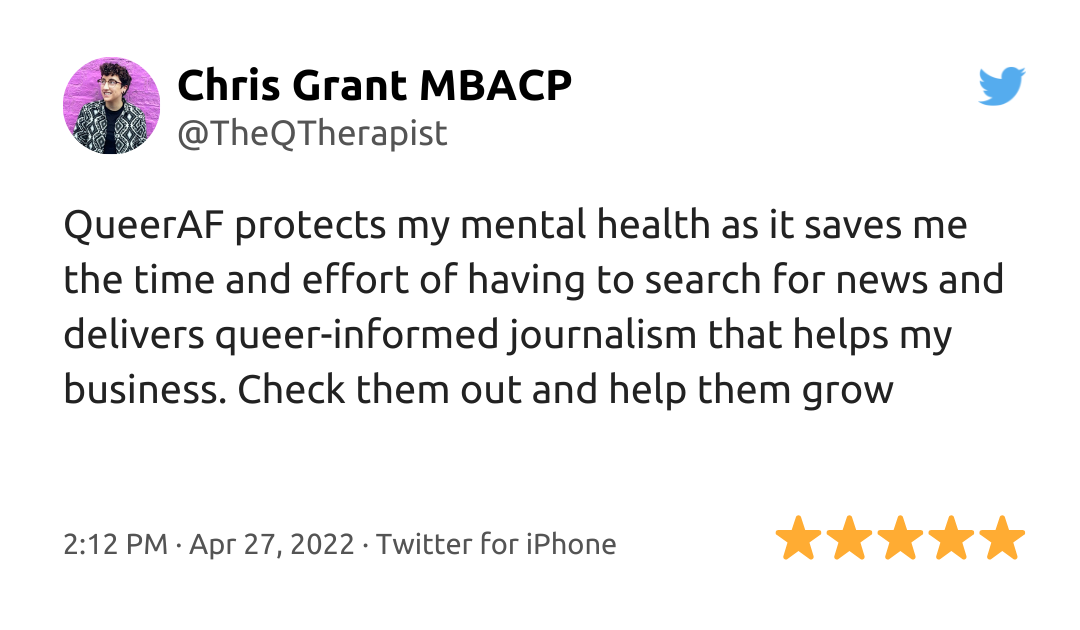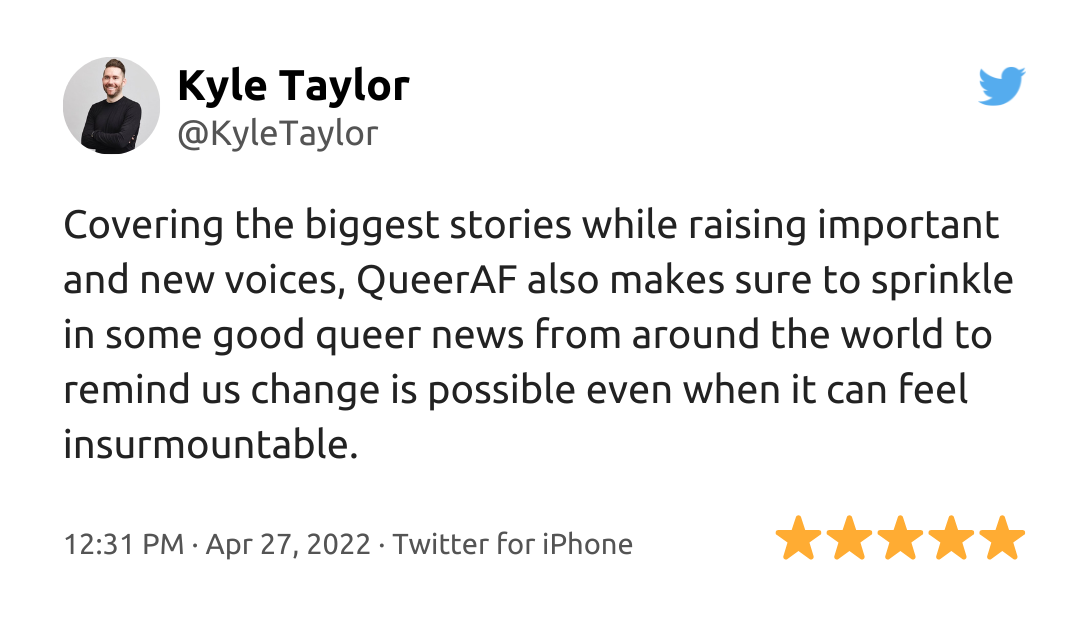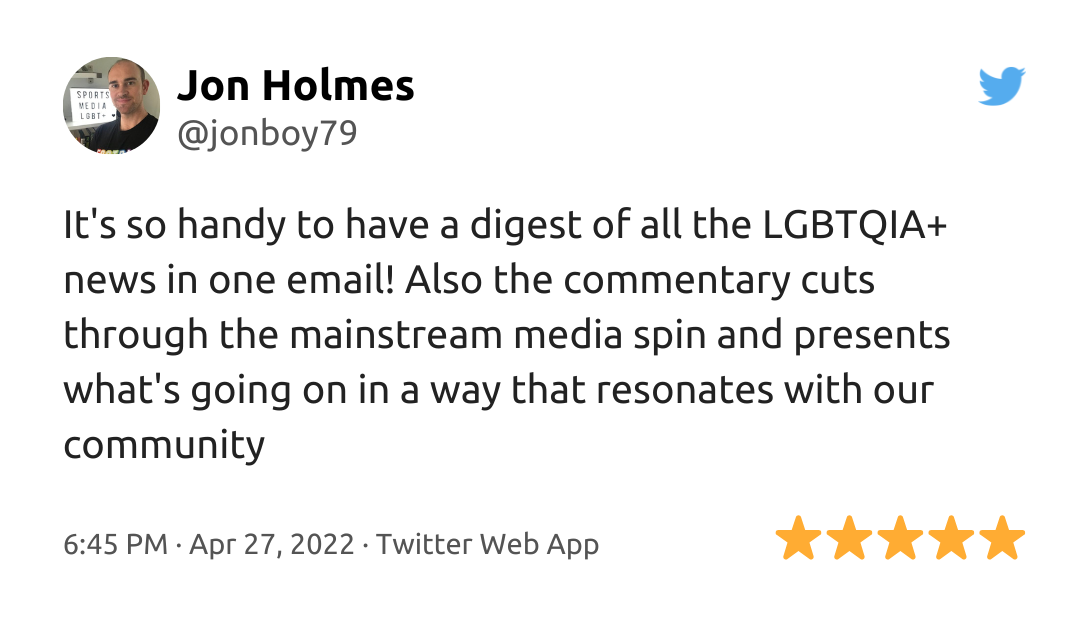
There comes a time in the lives of many queer people when they hope to be confident enough to approach potential romantic partners in public. For queer femmes who are attracted to other femmes, this can be significantly challenging due to difficulties with outwardly expressing queer identity.
Heteronormativity creates a world where everyone is straight until assumed otherwise.
This means feminine presenting people are often perceived as straight, and this can be frustrating when they want to romantically approach another femme, build a community of other queer people, or simply express a key part of their identity.
Many femmes go through the journey of attempting to ‘butch themselves up’ by trying a more masculine presenting wardrobe in an attempt to be outwardly queer and lean into stereotypes. But this tends to be futile due to the age-old desire of just wanting to be yourself.
Being femme isn’t about holding traditional values or conforming to stereotypes, it’s embracing the freedom to express yourself however you choose.
Yet, on Tiktok, there’s a whole series on how to flag as a queer femme, going through everything from overall themes such as colours and patterns to specific brands femmes should gravitate towards, for example, Doc Martens.
This confusion leads many femmes to have a ‘where do I start?’ moment and a common place they have landed at is getting a septum piercing - a tell-tale sign of someone being queer.
Some social media users have sparked discourse on whether it’s even fair to assume someone is queer just by seeing their septum piercing.
Of course no accessory can be a definitive indicator of someone’s sexuality. And septum piercings have a rich spiritual and cultural history beyond queer femmes. But this widely acknowledged signifier increases the likelihood of ‘getting it right’ with your queerdar.
This is why its recent increase in popularity with non-queer women has become a source of displacement for many queer femmes who have leaned on this form of expression.
Septum piercings have been described as the new “cool girl” piercing to get by Glamour. The hashtag #septumpiercing has garnered over 1.7 billion views on TikTok, perhaps somewhat spurred by influential straight female celebrities like Gigi Hadid who wear them.
Noticeably, I witnessed a spike in septum piercing popularity due to the influence of ex-Love Island star Indiyah Pollack.
The effect of this is an erosion of the safety felt by many queer femmes in confidently approaching other femmes with a septum.
This displacement, while frustrating, is very familiar for queer people. Queer culture has regularly been absorbed into the mainstream and can lose its identifying qualities in the process.
Ballroom culture, which was developed by black and brown members of LGBTQIA+ communities in New York City between the 1960s and 1980s, has been a frequent source of mainstream appropriation.
“They’re serving…”, “it’s giving…”, “shade”, and “read to filth” are all phrases that have found their way into our general vocabulary but originate from ballroom culture.
This appropriation of language led to a lot of these terms losing their original significance, as many people have adopted them without being aware of their history and the struggles faced by the creators.
While septum piercings cannot be equated to the massive influence ballrooms have had on popular culture, a correlation can be drawn.
Black and brown queer people can no longer rely on the use of words such as “reading” as an indicator of one’s knowledge and affiliation with the ballroom. This septum-piercing trend could lead to queer femmes no longer being able to rely on their presence of them as a signifier of someone’s sexuality.
The small confidence boost the presence of a septum piercing provided for approaching another femme romantically could be lost.
The solution is not that straight women should stop getting septum piercings. No one group can claim ownership of a piercing, especially when its history can be found in cultures all over the world.
But it would be helpful and mindful for people to educate themselves on the impact of the appropriation of queer signifiers.
Perhaps more importantly, recognising that far beyond fashion, these are also part of our armour and safety in a world that doesn’t always consider our best interests.
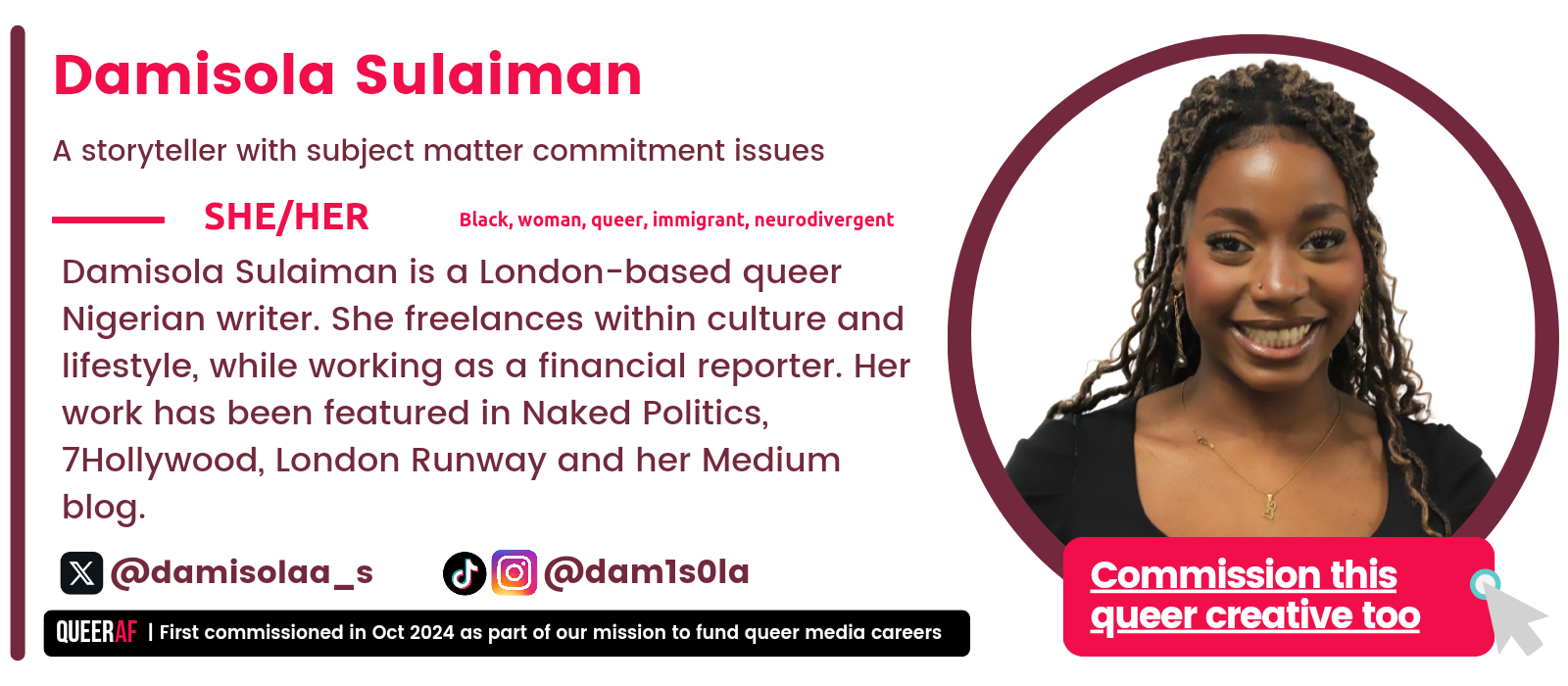
More than a month
At QueerAF, we're obsessed with journalism and storytelling that puts lived experience in the driving seat.
So we're thrilled to be able to bring you Nathanael's perspective - and those of several other Black queer creatives - this Black History Month.
As a small indie publisher, we've done this series on a shoe-string budget. Everyone's been paid, and received mentoring and support - but imagine what we could do with more resources.
This month, our ask to you is this: if you learn, grow from or enjoy our UK Black History Month series, consider investing in it.
Help us fund even more Black, queer and trans creatives to tell stories - all year around.


